Breast reconstruction in private practice
- PMID: 20574494
- PMCID: PMC2884732
- DOI: 10.1055/s-2004-829050
Breast reconstruction in private practice
Abstract
Comprehensive breast reconstruction can be performed in private practice. Our practice philosophy is that autogenous tissue provides the best substrate for breast reconstruction; the deep inferior epigastric perforator flap is our primary method of breast reconstruction. Microsurgical training and a group practice model permit routine use of all autogenous tissue techniques. Office, operating room, and hospital teams must be assembled; these teams follow clinical pathways, which make the execution of reconstructive procedures consistent and efficient. The practice must implement a plan for physician and patient education. The practice must review clinical outcomes, making adjustments in operative techniques and pre- and postoperative clinical pathways so that the best results can be achieved with a low complication rate. Breast reconstruction is a core service of our practice. We have accrued an economy of scale including these features: intraoperative and clinical efficiency, low practice overhead costs, and a high patient satisfaction rate.
Keywords: Autogenous tissue; clinical pathways; efficiency.
Figures

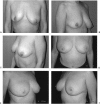
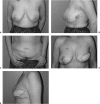


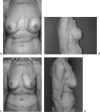
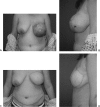


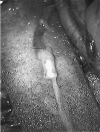





References
-
- Kroll S S. Why autologous tissue? Clin Plast Surg. 1998;25:135–143. - PubMed
-
- Miller M J. Immediate breast reconstruction. Clin Plast Surg. 1998;25:145–156. - PubMed
-
- Craigie J E, Allen R J, DellaCroce F J, Sullivan S K. Autogenous breast reconstruction with the deep inferior epigastric perforator flap. Clin Plast Surg. 2003;30:359–369. - PubMed
-
- Asko-Seljavaara S. Delayed breast reconstruction. Clin Plast Surg. 1998;25:157–166. - PubMed
-
- Schusterman M A. The free TRAM flap. Clin Plast Surg. 1998;25:191–195. - PubMed

